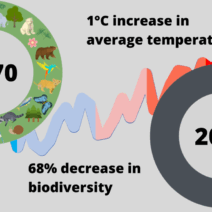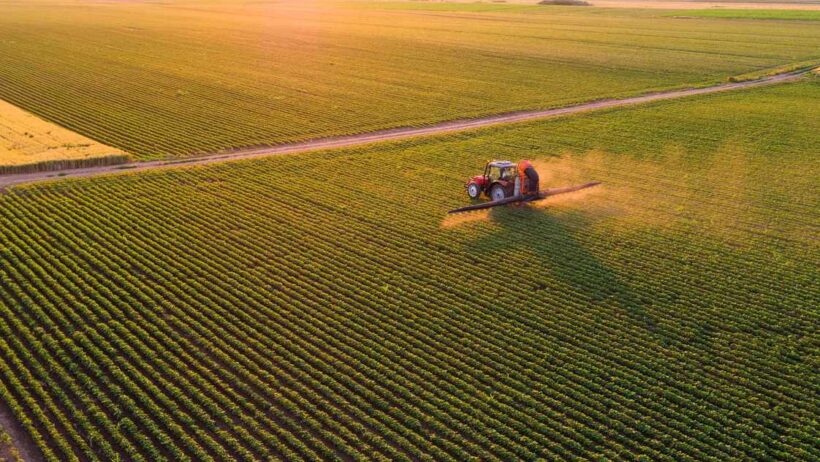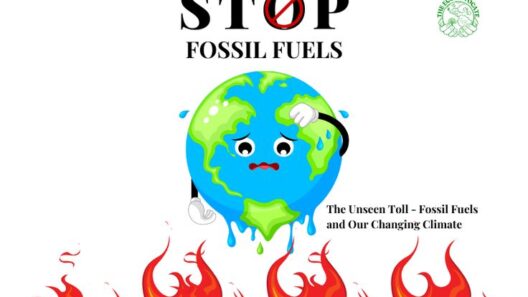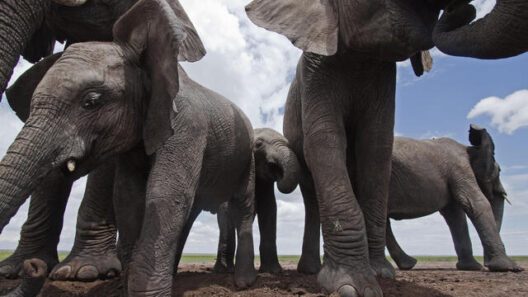In recent years, the pursuit of sustainable energy has become a clarion call for both individuals and industries alike. One fascinating alternative that has garnered significant attention is biodiesel. But how does its production truly affect global warming? Is it a boon for the environment or merely a temporary fix in the grand scheme of things? This question encompasses a myriad of complexities and leads us into the intricate dance between energy production and environmental sustainability.
Biodiesel, derived from organic materials such as vegetable oils, animal fats, and recycled cooking grease, is often heralded as a more eco-friendly alternative to traditional fossil fuels. The combustion of biodiesel produces significantly fewer greenhouse gas emissions compared to petroleum-based diesel. However, this advantage invites an examination of the production processes that can inadvertently contribute to ecological dilemmas.
To evaluate the environmental implications of biodiesel, it is crucial to understand its life cycle. From cultivation to combustion, each phase presents opportunities and challenges regarding carbon emissions. The agricultural practices employed to grow feedstock for biodiesel production—such as soybeans, canola, and palm oil—can have varying effects on greenhouse gas emissions. For instance, deforestation linked to palm oil production has resulted in substantial carbon release, negating some of the benefits associated with biodiesel use. Herein lies the playful challenge: how can we harness the potential of biodiesel while ensuring that our efforts do not precipitate additional harm to the atmosphere?
Embarking on the quest to produce biodiesel often entails the application of fertilizers and pesticides to enhance crop yields. These chemicals, when not managed properly, can lead to nutrient runoff, which may inflict damage on aquatic ecosystems and contribute to the overall degradation of the environment. Therefore, it is imperative to advocate for sustainable agricultural practices that minimize negative externalities while promoting the cultivation of biodiesel feedstocks. Practices such as crop rotation, organic farming, and integrated pest management can play a vital role in mitigating these adverse effects.
Moreover, the question of land use remains a contentious issue within the biodiesel discourse. The competition for arable land—the push and pull between food production and biofuel cultivation—poses ethical and ecological dilemmas. The concern arises that the increased demand for biodiesel could incentivize conversion of natural habitats into agricultural lands, fundamentally altering local ecosystems and escalating carbon emissions further through soil displacement and loss of biodiversity. Tackling this dilemma requires innovative agricultural strategies and policies that endorse the co-cultivation of food and bioenergy crops.
The benefits of biodiesel extend beyond lower greenhouse gas emissions. Biodiesel can function as a lubricant in engines and is biodegradable, which lessens its harmful effects on the environment in case of spills. Additionally, utilizing waste oils for biodiesel production contributes to resource efficiency by repurposing materials that would otherwise be discarded. It also spurs local economies through the creation of jobs in biodiesel processing facilities. Nonetheless, this positive outlook becomes complicated when examining the scale and efficiency of biodiesel production in relation to fossil fuels.
When discussing energy density, diesel derived from petroleum has a significantly higher content, which translates into greater energy output per volume. Consequently, biodiesel production often requires a greater land area to produce an equivalent amount of energy. Can we reconcile the energetic demands of modern society with the need for sustainable practices? This remains a salient question, as technological advancements may eventually reduce the land-to-energy yield gap.
It is essential to acknowledge the emerging technologies that are being explored to enhance the sustainability of biodiesel production. Innovations such as algae-based biodiesel production promise an efficient solution. Algae can produce much higher oil yields per acre than traditional crops, while also thriving in environments unsuitable for food production. Scaling these technologies, however, involves research, investment, and an understanding of the potential ecological impact they may introduce. Addressing this challenge requires collaborative efforts among governments, industries, and research institutions.
Another intriguing aspect of biodiesel relates to its potential to sequester carbon dioxide through the lifecycle of the feedstock. During photosynthesis, crops absorb CO2, thus acting as a carbon sink. However, the intricacies of this relationship demand careful consideration. When these crops are harvested and their oils extracted, the net effect on atmospheric carbon levels becomes a subject of scrutiny. Are we merely shifting the carbon burden from one form to another, or is there a genuine reduction in greenhouse gases?
Collectively navigating the complexities of biodiesel production and its impact on global warming necessitates a holistic approach. Policymakers must create frameworks that incentivize sustainable agricultural practices, promote research and innovation, and ensure a harmonious balance between food security and biofuel development. The transition toward a greener future is riddled with challenges, but within these challenges lies the potential for remarkable advancements in how we perceive and utilize energy.
In conclusion, the dynamics of biodiesel production are multifaceted, teeming with both promise and pitfalls. As the global community grapples with the urgent need to combat climate change, the discourse surrounding biodiesel must remain open, inquisitive, and forward-thinking. While biodiesel presents a practical step towards reducing dependency on fossil fuels, vigilance and adaptability are paramount. After all, in the race against global warming, every choice we make could pave the way for a more sustainable future—or lead us astray. So, how will we navigate the path ahead and make biodiesel a responsible ally in this quest?







